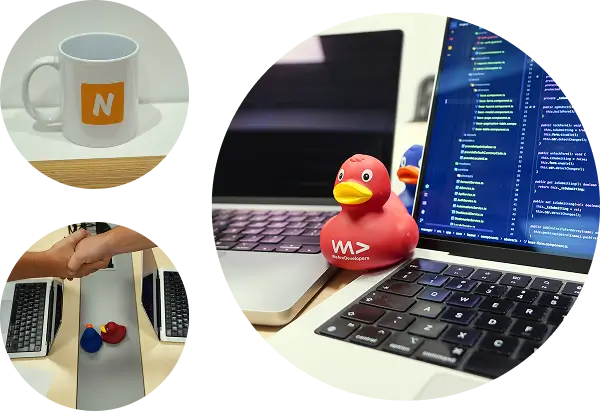Which frameworks are best for developing SaaS applications?
Choosing a framework for a SaaS (Software as a Service) application is one of the key technology decisions. It affects not only development speed but also performance, security, and scalability.
On the frontend (the part visible to users), the most commonly used frameworks are React, Angular, and Vue.js. React is the most popular due to its flexibility, extensive library ecosystem, and easy backend integration. Angular is preferred for large corporate projects with complex business logic, while Vue.js is ideal for applications requiring quick deployment and simplicity.
The backend—the heart of a SaaS application—is typically Node.js (fast and scalable, perfect for real-time applications), Django (Python—great for analytical projects and complex data models), or Ruby on Rails (rapid prototyping with a stable production environment).
For large B2B projects, a microservices architecture is increasingly used, allowing independent development and scaling of individual application modules. Combined with Docker and Kubernetes, this provides almost unlimited growth potential.
Equally important are supporting tools—such as PostgreSQL, MongoDB, or Firebase for data storage, as well as CI/CD systems and cloud solutions like AWS, Google Cloud, or Azure.
In summary, there is no single “best framework,” but there are proven technology stacks tailored to the project’s needs. At Nugosoft, we always analyze the business context, project scale, and future growth plans before recommending a specific technology stack.
-
Pricing is based on business requirements, feature scope, technologies, and estimated team effort. We often use an MVP approach to optimize costs and minimize risk.
-
It depends on your business goals, target audience, and required functionalities. Web apps are universal and accessible on all devices, while mobile apps provide a better user experience and can leverage device features.
-
Ready-made solutions save time and costs but may limit flexibility. Building from scratch gives full control but is more expensive and time-consuming. We often take a hybrid approach, using ready components where appropriate.
